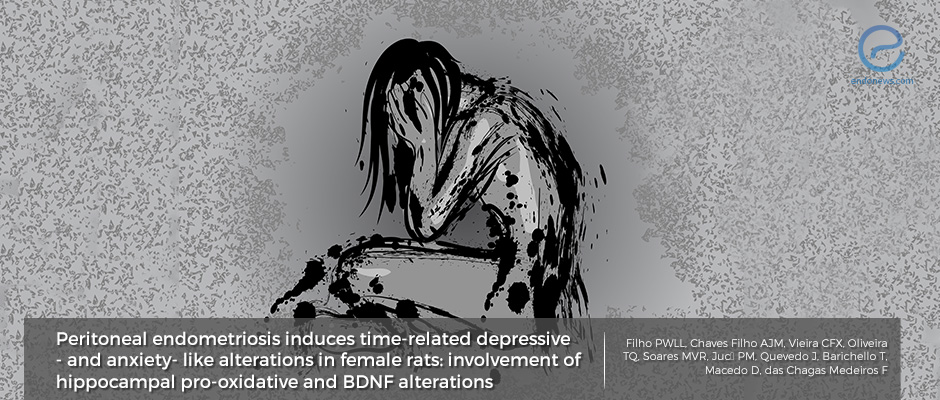Pre-Diagnosis Hospital Utilization Patterns in Women With Endometriosis
Endometriosis is commonly associated with symptoms such as painful periods, chronic pelvic pain, and infertility. Diagnosing the condition is challenging due to symptom overlap with other gynecologic and gastrointestinal disorders, as well as the need for advanced imaging or laparoscopic…
Key Points Lay SummaryGluten-free diet fot endometriosis-associated gastrointestinal symptoms
Women with endometriosis often report gastrointestinal symptoms such as bloating, constipation, diarrhea, and abdominal cramping,may have a negative impact on women’s lives having endometriosis and which can mimic irritable bowel syndrome (IBS) leading to potential misdiagnosis. A commonly suggested dietary…
Key Points Lay SummaryWomen's willingness to donate menstrual blood for endometriosis research
The menstrual blood is 50-100 ml/per cycle, with 80% lost during the first three days. On the heaviest bleeding day, 2 to 8 ml may be collected from a cup worn for four hours. This fluid could be investigated by…
Key Points Lay SummarySex Education For The Sexual Quality Of Life
The most common symptoms of endometriosis are dysmenorrhea, dyspareunia, chronic pelvic pain, and infertility. Decreased quality of life due to pelvic pain, dyspareunia, and psychological conditions such as anxiety and depression can lead to sexual dysfunction in women with endometriosis.…
Key Points Lay SummaryThe evaluation of sexual dysfunction in infertile women
Infertility constitutes a serious health problem in women and men worldwide. The most common causes of women’s infertility are reported to be endometriosis and polycystic ovarian syndrome. The prevalence of infertility in women with endometriosis is as high as 50%.…
Key Points Lay SummaryThe consequences of endometriosis on the quality of life
The most common clinical findings of endometriosis patients are pelvic pain and fertility problems, resulting in impairment of quality of life. These women are affected especially during the menstruation period. Olliges et al., from Germany and Switzerland, published a study…
Key Points Lay SummaryImprovement of sexual-life quality in patients with endometrioma
Endometriosis is a painful disease that affects daily life as well as sexual life quality. In the study conducted by Yalcin Bahat et al, the researchers questioned the effect of periodic use of dydrogesterone on the sexual life quality of patients with…
Key Points Lay SummaryNon-pharmacological self-care: dietary modifications in women with endometriosis.
The academic interest on the role of diet in endometriosis has grown due to its possible relation with inflammation, estrogenic activity, and menstrual cycles. Multiple dietary strategies and prescriptions are being used to deal with the pelvic pain and gastrointestinal…
Key Points Lay SummaryCurrent research on adenomyosis tissues with immunohistochemistry reveal novel findings
Dr. Xiaofang Xu and associates from Fudan University, China have recently published their research on adenomyosis-related research results in "Reproductive Biology and Endocrinology". Adenomyosis is a benign gynecological condition, prevalent worldwide that is characterized by the presence of ectopic endometrial tissues in…
Key Points Lay SummaryEnvironmental to occupational exposure, and possible risk factors for endometriosis.
Many objects in daily use are made of plasticizing agents. Studies suggest that chronic exposure to these agents are toxic to reproductive organs and cause metabolic disorders. For example, diethyl phthalate is still in use in cosmetic products. Caporossi et…
Key Points Lay SummaryEndometriosis and the sexual relations of the couples
From the viewpoint of endometriotic women, the pain during the penetration is not the only complaint. They also have growing depression and anxiety leading to difficulties with their social and sexual relationship, work, and study. The emotional impact of sub-infertility,…
Key Points Lay SummaryInhibiting killer on the move
The three main forms of endometriosis are superficial, ovarian, and deep endometriosis. The latter is defined by the presence of endometriotic nodules that are deeper than 5 mm. Deep endometriosis is considered the most aggressive and is associated with severe…
Key Points Lay SummaryUltrasound diagnosis of endometriosis: One Size Does-Not-Fit-All
Deeply infiltrating endometriosis (DIE) is an advanced form of endometriosis that causes significant morbidity to many women. The Pouch of Douglas (POD), otherwise known as the rectouterine space, is the anatomic area between the posterior cervix and anterior rectum. Its…
Key Points Lay SummaryEarly Life Factors for Endometriosis
Endometriosis affects approximately 10% of reproductive-aged women. Despite the significant impact, the etiology of endometriosis is still unclear. A recent systematic review of 15 studies of adolescents found that overall 65% of girls undergoing laparoscopic investigation were diagnosed with endometriosis.…
Key Points Lay SummaryEndocrine-disrupting chemicals – yet another environmental factor associated with endometriosis?
This study by Wen et al., published in Gynecological Endocrinology, analyzed evidence connecting endocrine-disrupting chemicals (EDCs) to the incidence of endometriosis in a collection of 30 previously published studies. Results show that exposure to many EDC's are linked to the…
Key Points Lay SummaryBehavioral Symptoms in an Animal Model of Endometriosis
Recent studies suggest that there is a relationship between endometriosis and some behavioral symptoms. Prolonged pelvic pain and the other endometriosis symptoms can often affect psychological and social functioning, resulting in issues with social relationships, sexuality, and even mental health.…
Key Points Lay SummaryTherapeutic potential of ginseng based compound in preclinical models of endometriosis
Currently, the drug option for women with endometriosis mainly focus on reducing estrogens levels (e.g., progestins, androgens, gonadotropin-releasing hormone (GnRH) agonists, and aromatase inhibitors). However, these therapies can have low effectiveness with frequent recurrence and considerable side effects. Therefore, there…
Key Points Lay Summary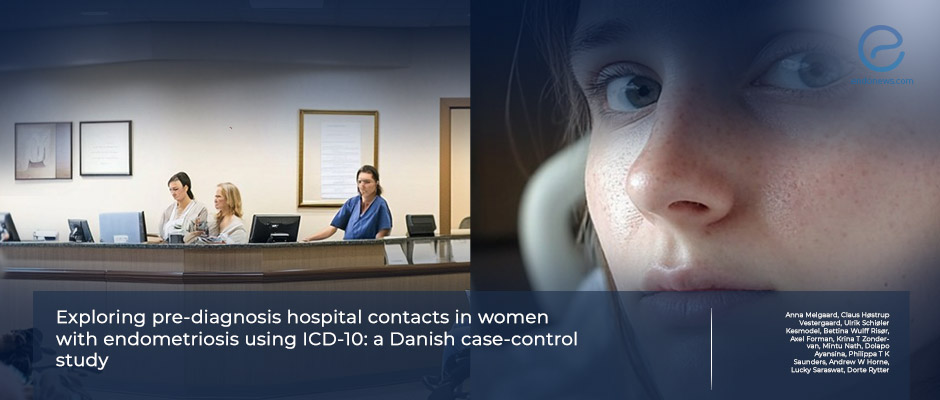
 By Selma Oransay
By Selma Oransay
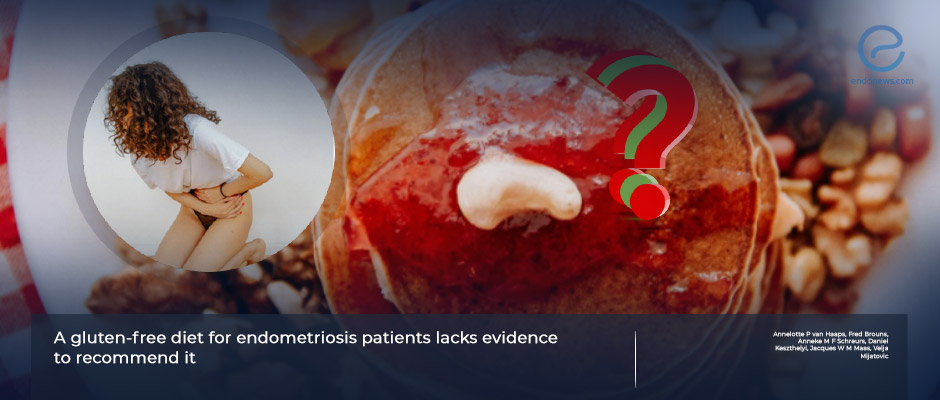
 By Hale Goksever Celik
By Hale Goksever Celik
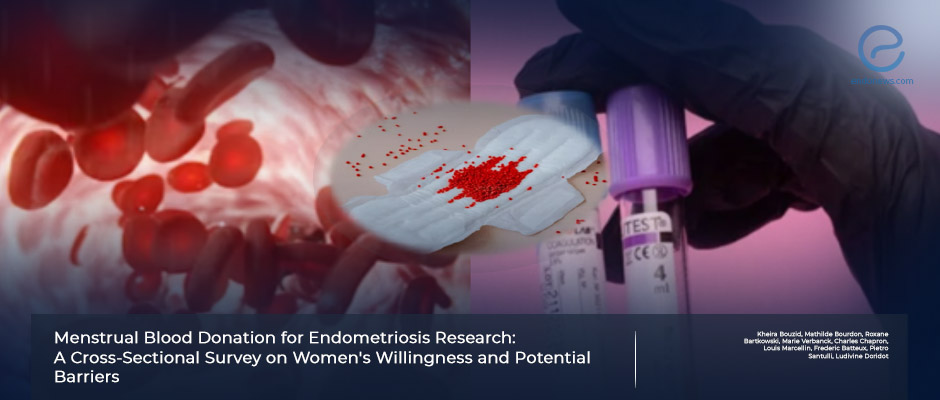
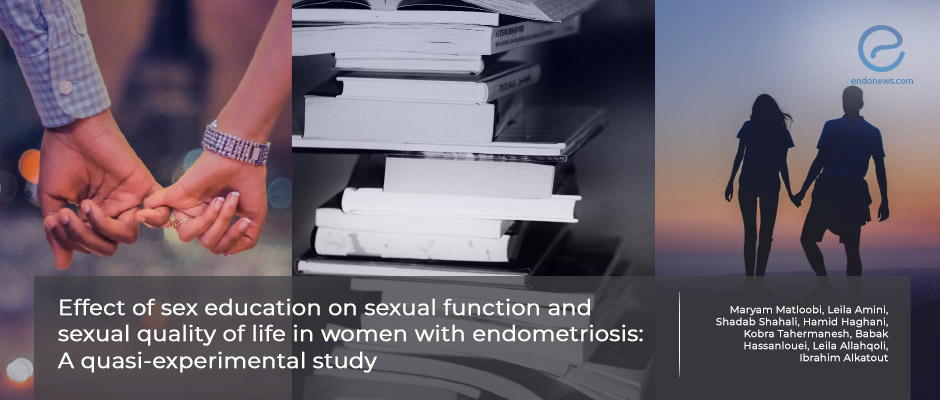
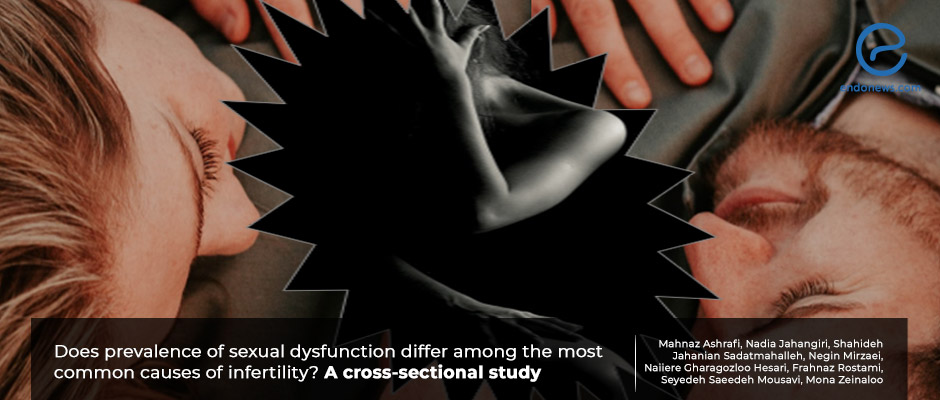
 By Eylül GÜN
By Eylül GÜN
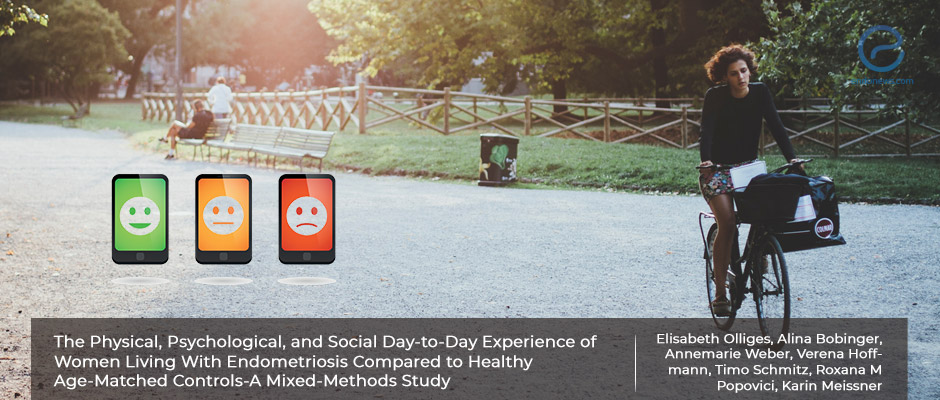
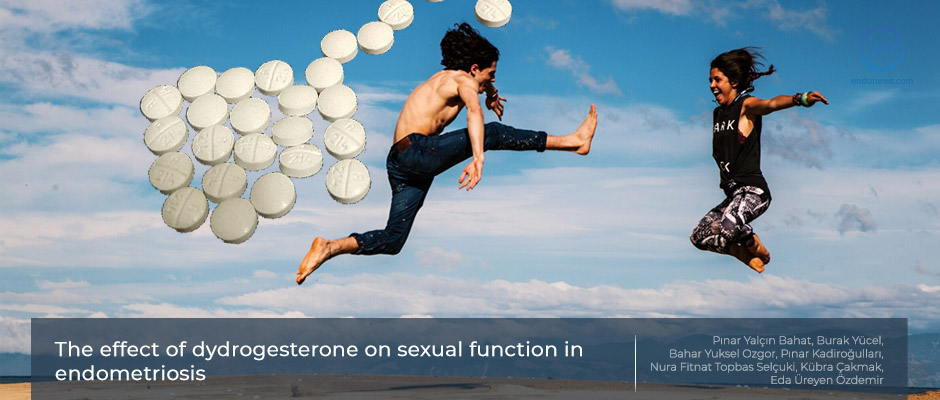
 By Bahar Yuksel
By Bahar Yuksel
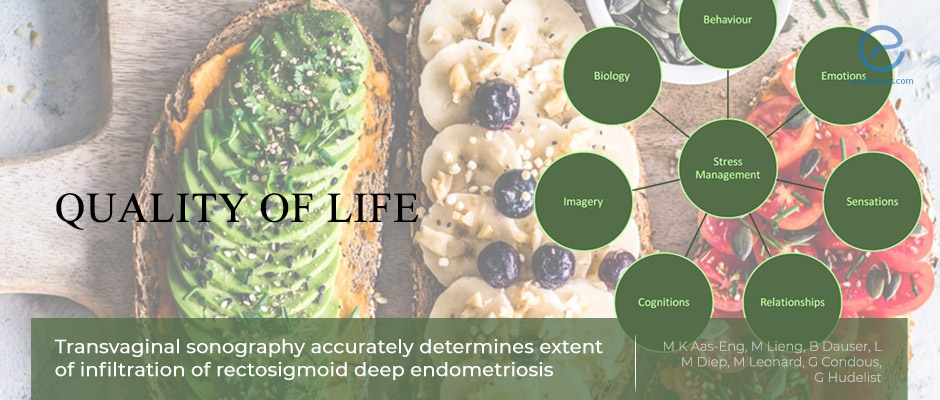
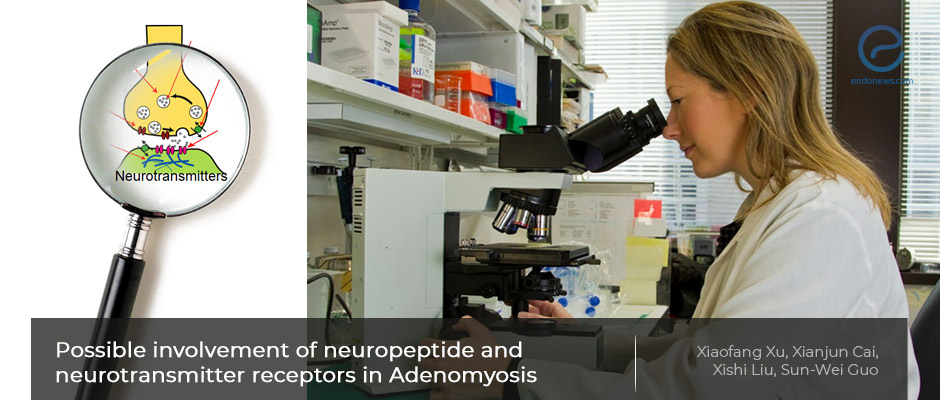
 By Nasuhi Engin Aydin
By Nasuhi Engin Aydin

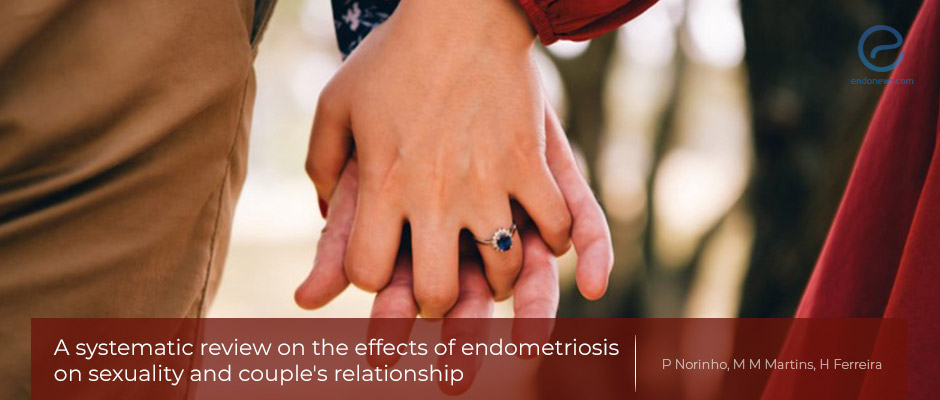
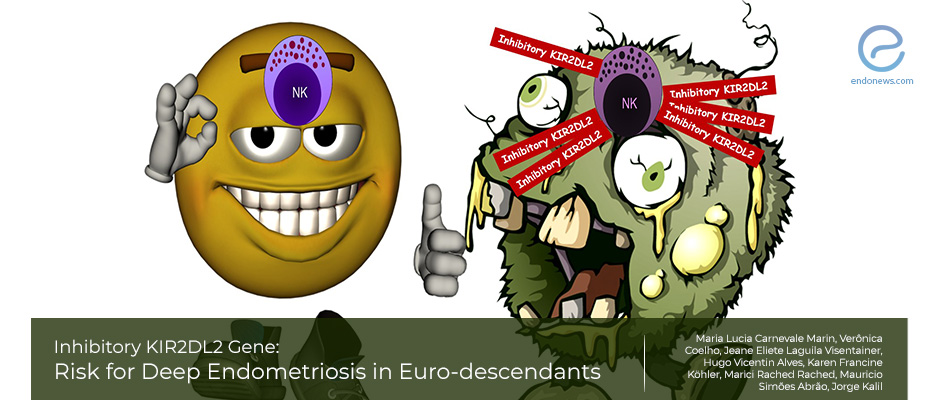
 By Yu Yu
By Yu Yu
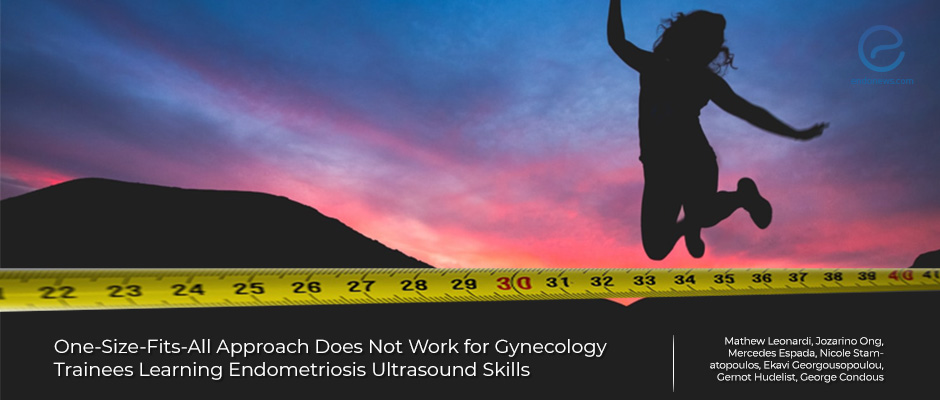
 By Murat Osman
By Murat Osman
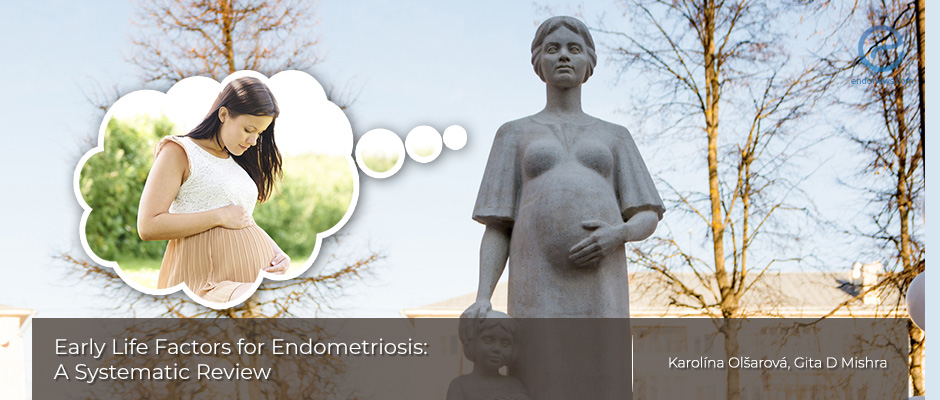
 By Dr. Youngran Park
By Dr. Youngran Park
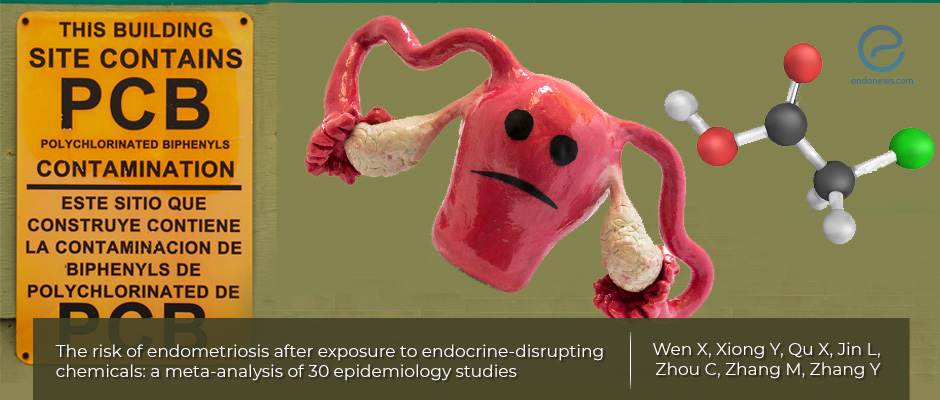
 By Demet Candaş Green
By Demet Candaş Green
